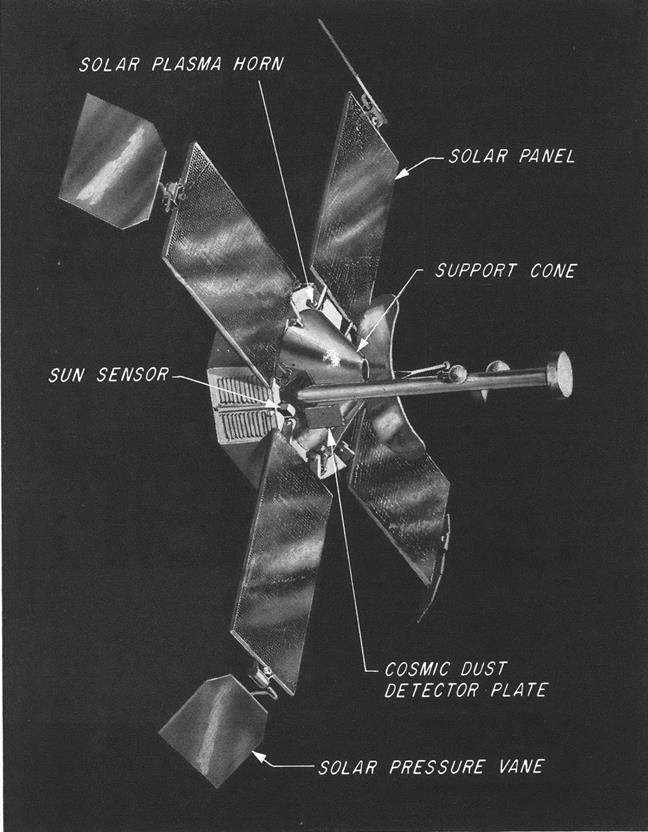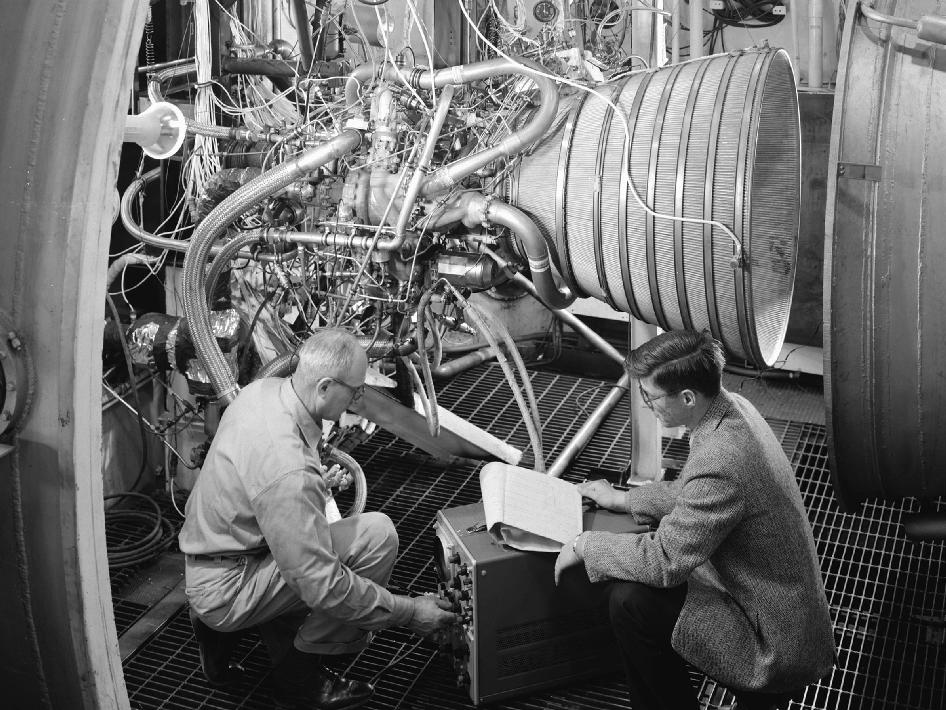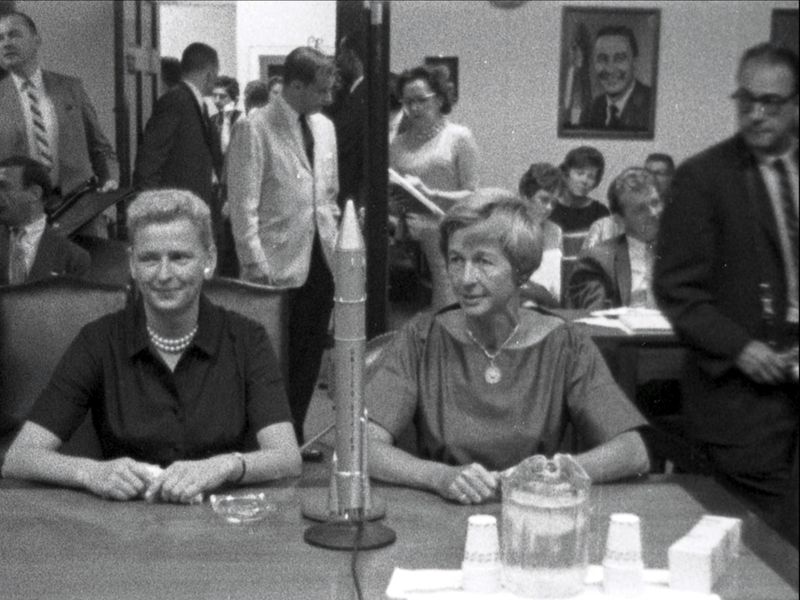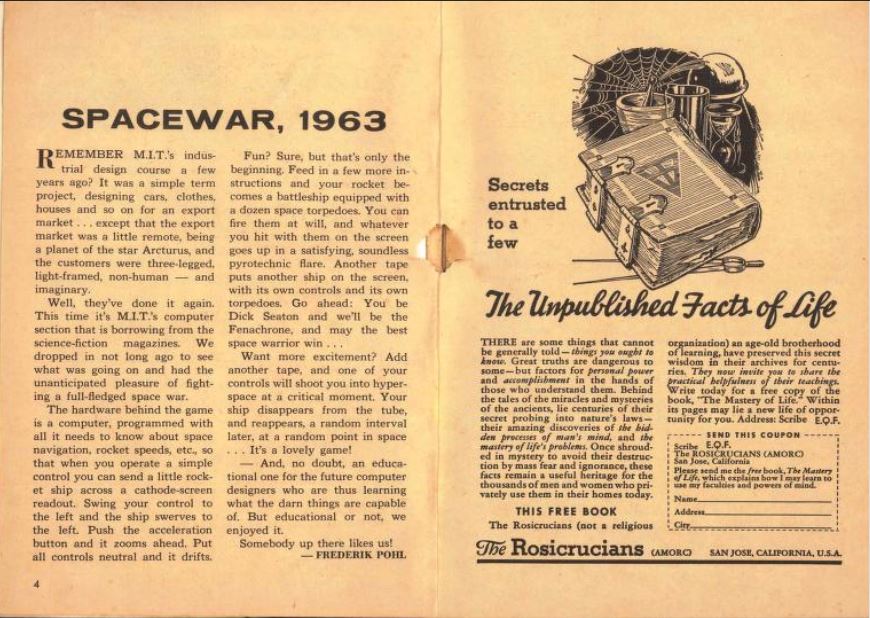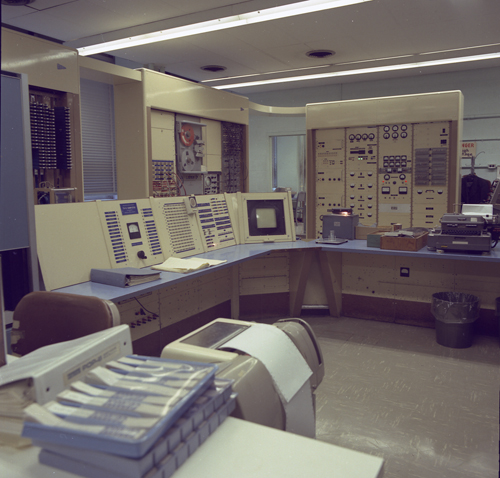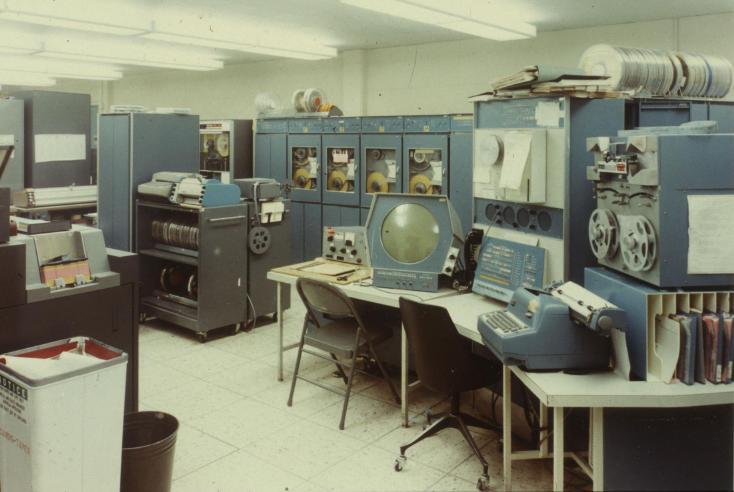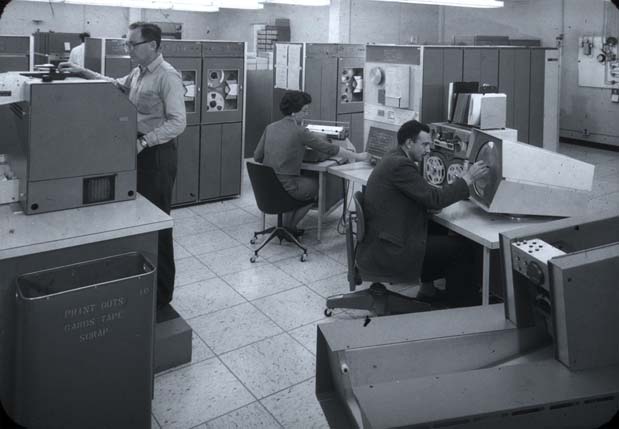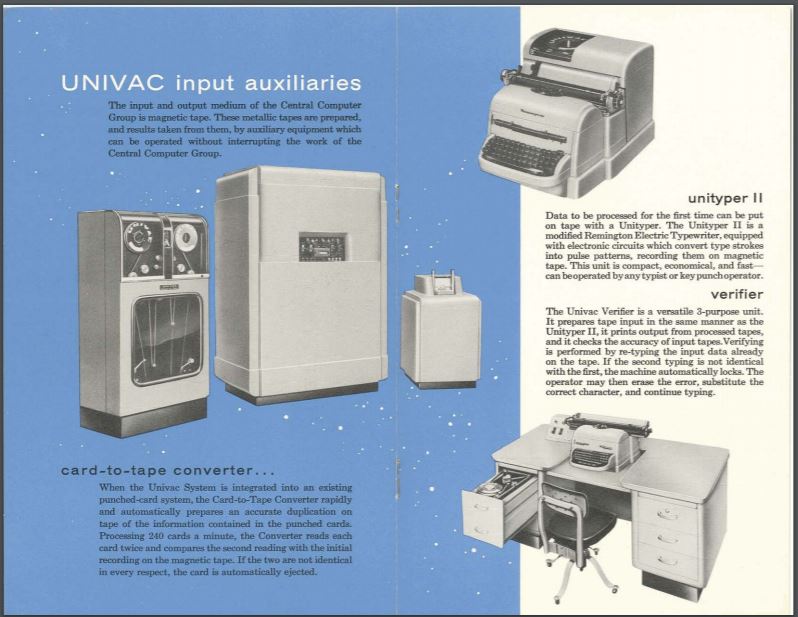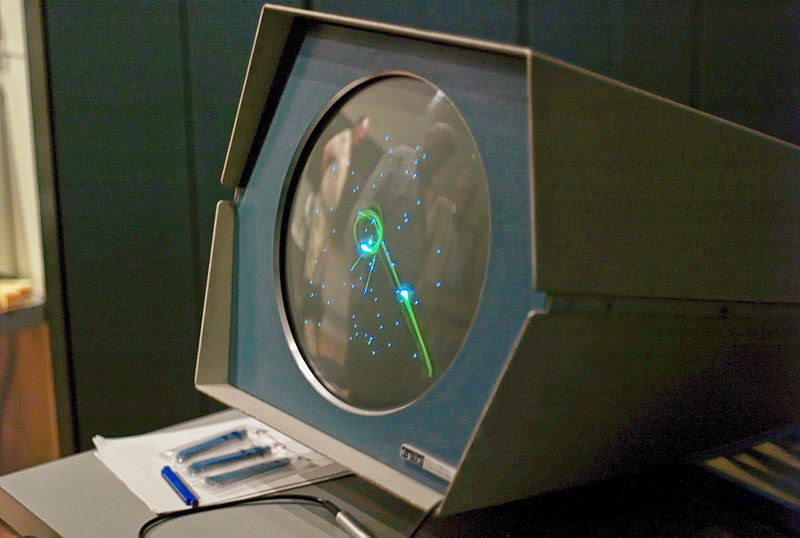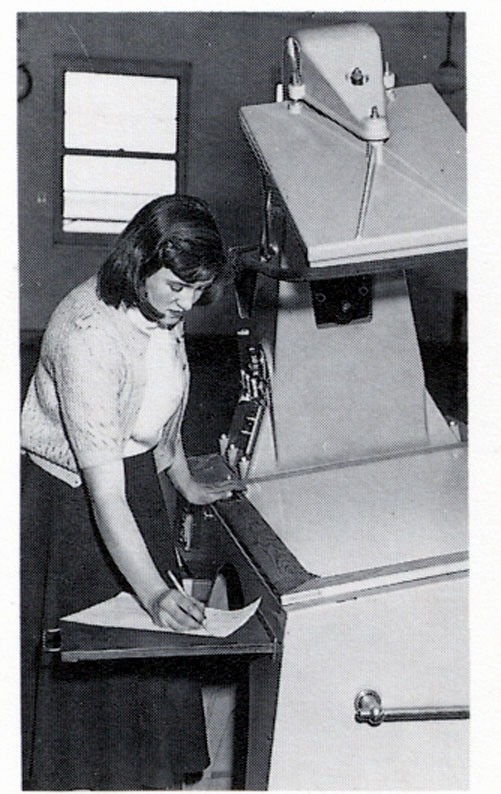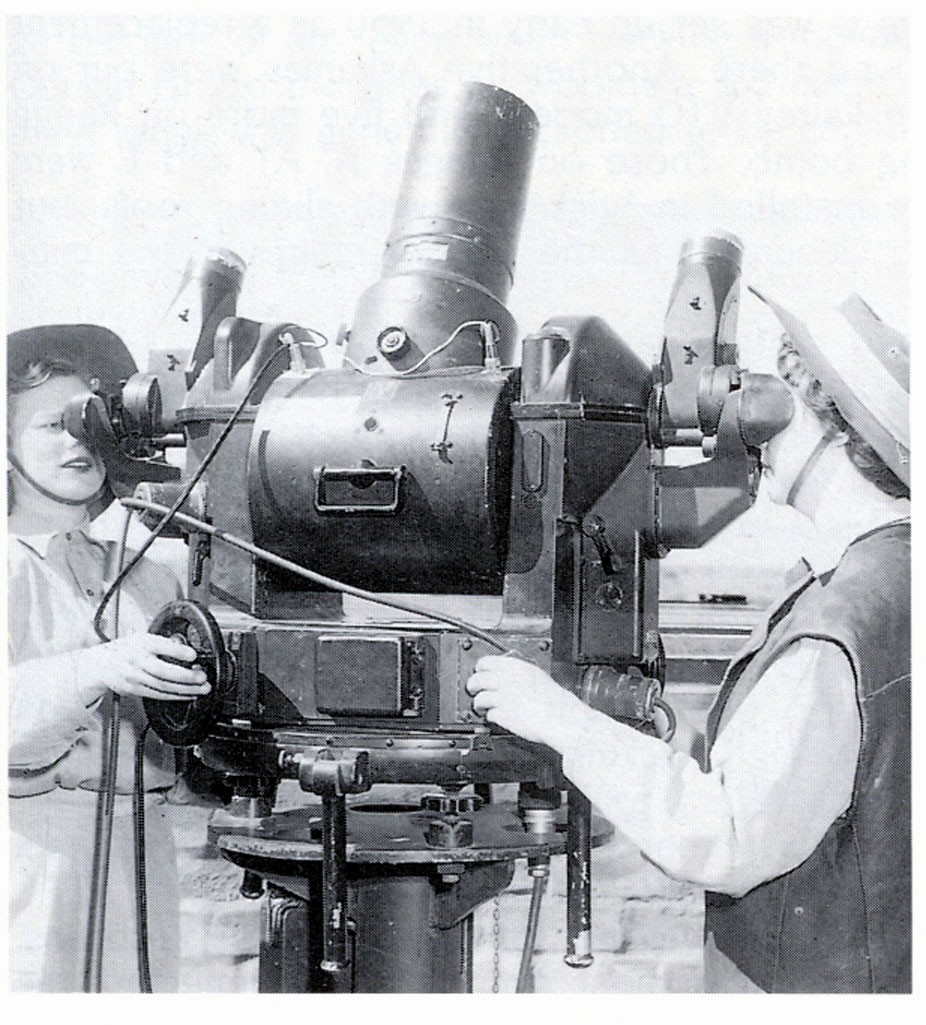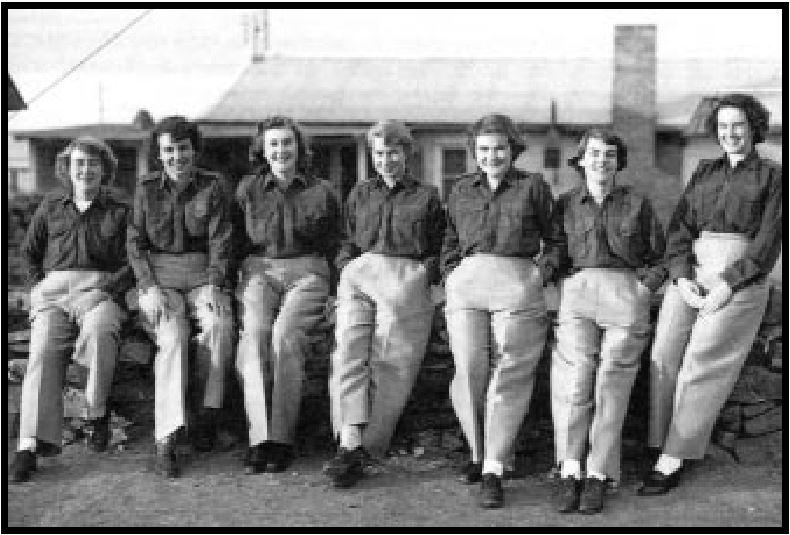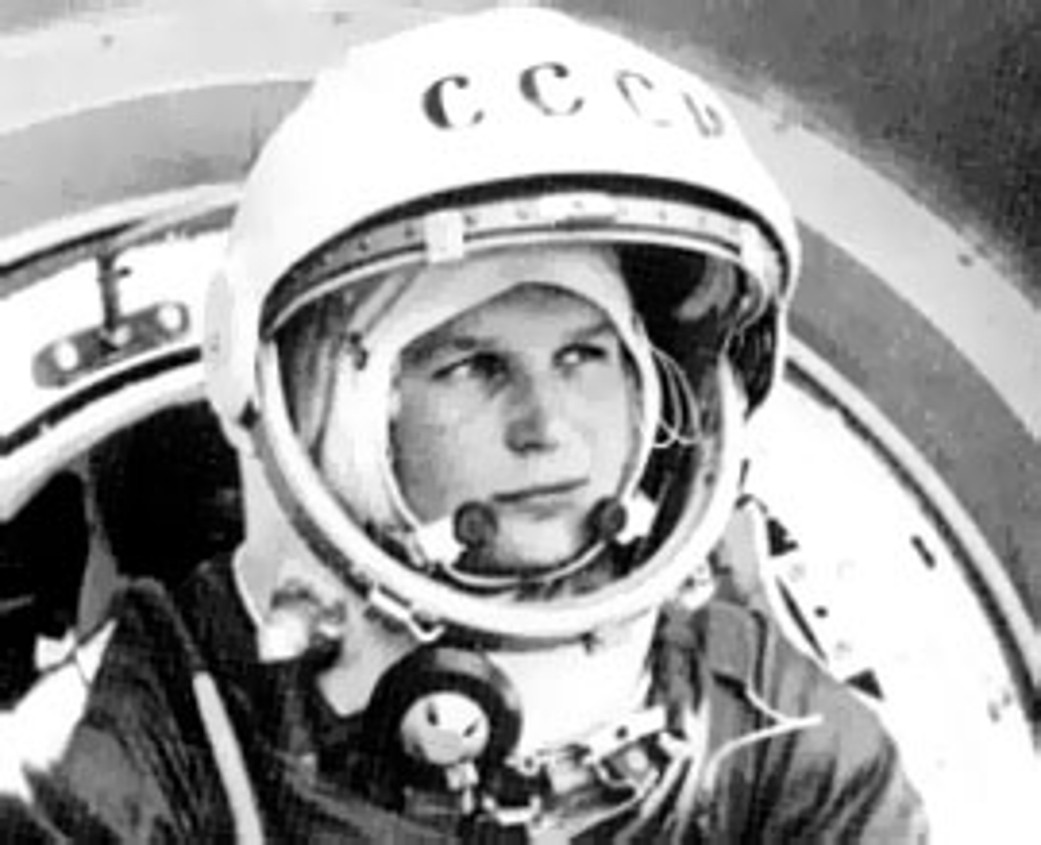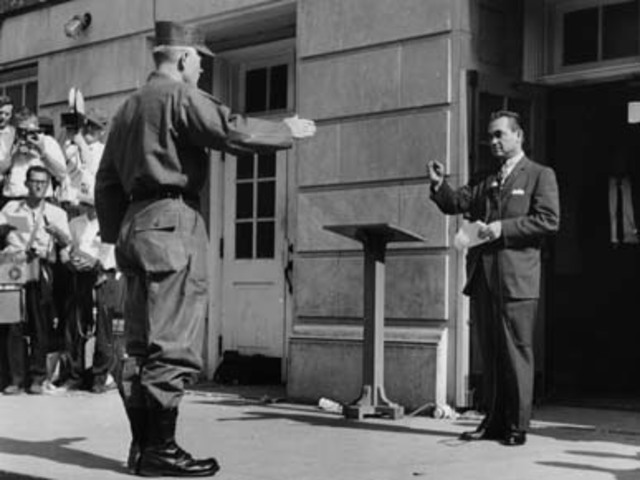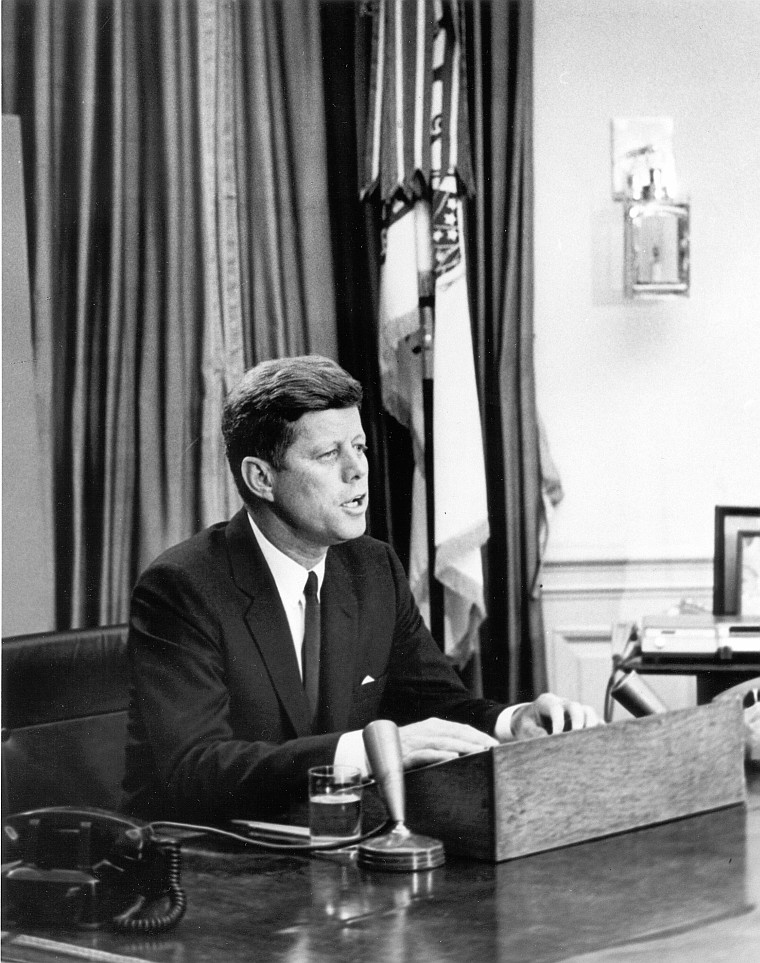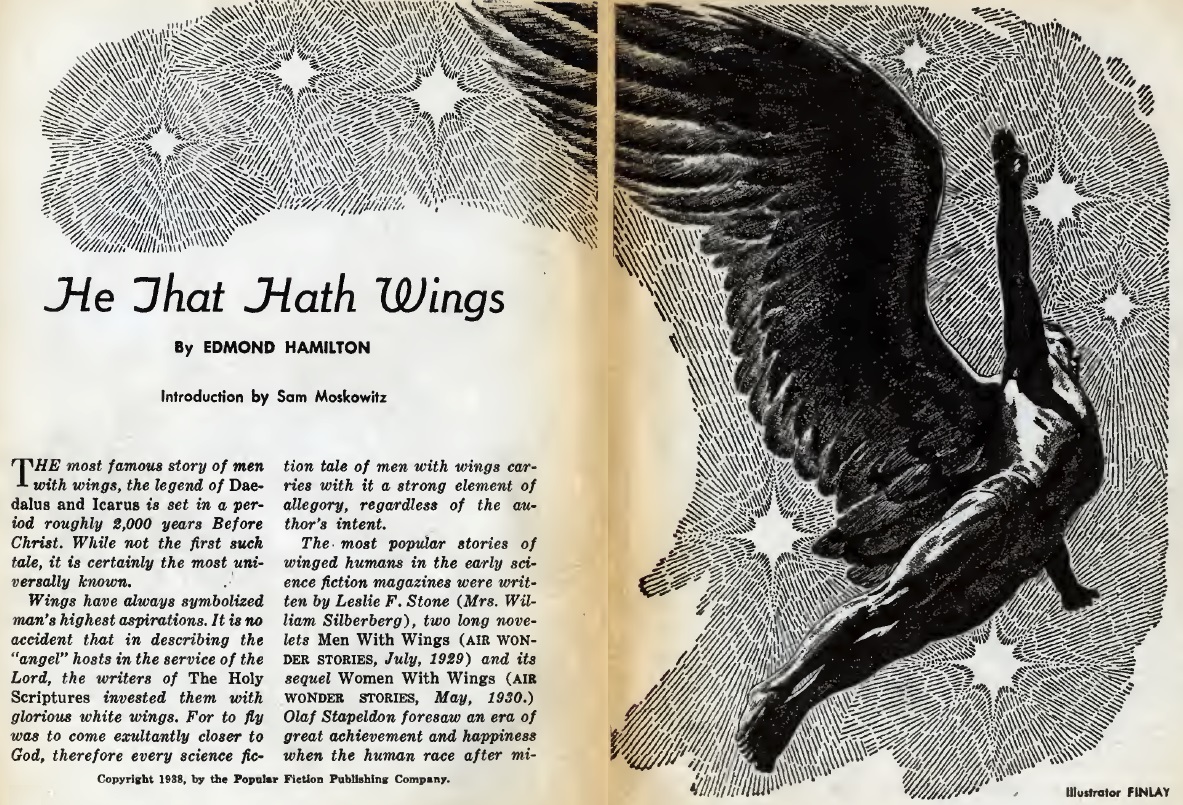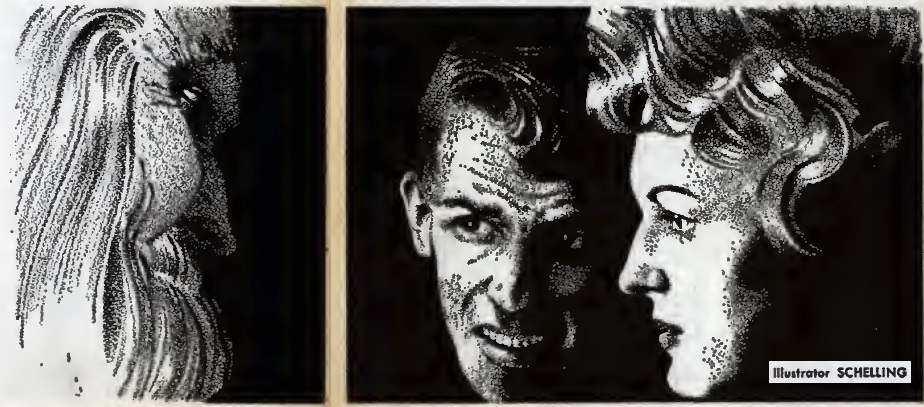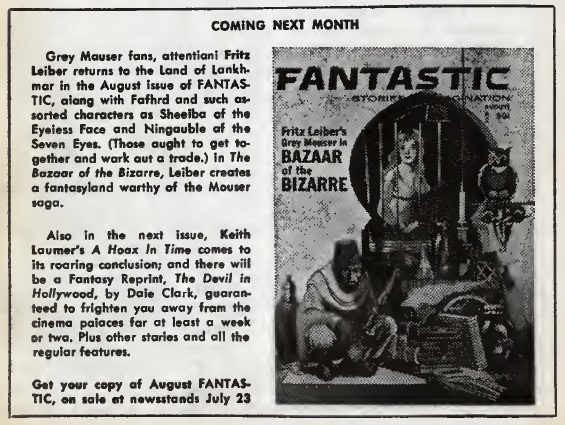
by Gideon Marcus
Another Lunar Black Eye

NASA's Project Ranger, which is basically a projectile aimed at the moon, has logged failure after failure since it started back in 1961. The first ones in the series, Rangers 1 and 2, were just Earth-orbiting satellites designed to test the engineering and return scientific data. Both of their missions were busts due to fault Agena second stages on their Atlas-Agena boosters.
Rangers 3 to 5 were bona-fide moon missions with giant pimples on their noses to do a bit of lunar geology (or selenology). None of them completed their missions: Ranger 3 missed its target and was pointed the wrong way to boot, Ranger 4 hit the moon but was brain-dead from orbit onward, and Ranger 5 both missed and stopped working long before it got near the moon.
With five cracked eggs' experience to draw from, NASA tried again in January 30, 1964, with the first of the TV-armed Rangers, #6. Aside from an odd voltage spike early on, Ranger 6 seemed to be working fine. The spacecraft made a textbook-perfect flight all the way to its target, Mare Tranquillitas, impacting on schedule.
But its TV camera never turned on.
I've been told that the fellow who announced the flight in real-time to the press has resigned from this duty, unable to go through such a harrowing experience again. Who can blame him? This is the sixth Ranger and the tenth failed (counting Pioneer Atlas Able) moon mission in a row. On the other hand, and this is probably weak comfort at best, Ranger 6 did perform perfectly all the way until the end. I'm sure Our American Cousin was a fine play, too.

There are three more third edition Rangers left to launch. Let's hope at least one of them will be successful. Right now, this program is making Project Vanguard look like an unalloyed success.
Stillborn Quintuplets

Speaking of Vanguard, on January 24, 1964, the Air Force launched another of its multi-satellite missions, attempting to orbit an unprecedented five spacecraft at once. "Composite 1" comprised LOFTI 2, which was to study the ionosphere, Secor and Surcal, which would have helped the Army and Navy (respectively) calibrate their tracking radars, and Injun 2, a radiation satellite made by the University of Iowa (the same folks who discovered the Van Allen Belts.
Composite 1 also included SOLRAD (Solar Radiation) 4, and this is the Vanguard tie-in. You see, the spottily successful Vanguard, which was America's first space project, was originally designed to study the sun's output of X-rays and ultraviolet light. Unfortunately, the last of the Vanguards, number 3, was swamped with radiation from the Van Allen Belts, and its sun-pointed experiments were made useless. End of story, right?
Well, SOLRAD 1, launched in 1960, was essentially Vanguard 4. It was made by the same folks (the Naval Research Laboratory), used the same design, and carried the same experiments as Vanguard 3. The only difference was purpose: the Navy wanted to know if there was a relation between solar flares and radio fade-outs (turns out yes).
SOLRAD 2 was a dud thanks to a bad rocket, but SOLRAD 3 and Injun 1 returned good data. The failure of SOLRAD 4 gives the program a .500 average — still pretty good to my mind. I understand the Air Force will be trying again in a few months.
Five for five

How about some good news for a change? For the fifth time in three years, the world's largest rocket took to the skies above Florida, January 29, 1964. The Saturn I rocket, a precursor to the Saturn V behemoth that will take humans to Moon before this decade is out, has completed its run of test flights with a 100% success rate.
I want that to sink in. As far as I know, no rocket program has ever been 100% successful. One would think that a booster as big as the Saturn should be more accident-prone than any other. And yet, the trim cylindrical stack lifted off from Cape Kennedy, with both stages fueled for the first time, and placed its entire top half into orbit. This gave Americans another first: world's largest satellite, weighing nearly ten tons!
The timing could not be better. Apollo's future has been threatened a bit lately, with many in Congress seeking to reduce NASA's funding. Some question whether there is even value in winning the race to the moon. The outstanding success of the Saturn I will hopefully be a shot in the program's arm — and maybe for the related Project Ranger.
Now that testing of the rocket is complete, the Saturn I will go on to operational missions, flying full-scale examples of the Apollo spacecraft. This will be the closest this first Saturn ever gets to the moon, however. Huge as it is, it is not strong enough to launch Apollo to Earth's nearest neighbor. It's not even strong enough to loft a fully-fueled Apollo! But it's bigger brother, the Saturn IB, will be. Expect its first flights in 1966 or so.
Can you hear me?
Last year, COMSAT corporation started selling publicly traded shares. COMSAT was President Kennedy's compromise between a public and private satellite communications entity. COMSAT has not yet developed any comsats, but that hasn't other entities are continuing to build experimental satellites toward the day when COMSAT birds begin to fly.
Relay 2

On January 21, 1964, the RCA-built Relay 2 joined its sister Relay 1, Ma-Bell-made Telstar 2, and the fixed-in-the-sky Syncom 2 in orbit. With four active comsats in orbit (the kind that can retransmit broadcasts), we'll likely soon see transmissions bounce all over the globe. The most exciting programming on the schedule? This summer's Olympic games, live from Tokyo, Japan!
Echo 2

Just four days after the launch of Relay 2, NASA shot up Echo 2, a balloon-type passive reflector satellite — essentially a big mirror in space for bouncing signals. It's larger than Echo 1, which is still in orbit, and should be visible from the ground when it zooms overhead. I'm not sure why NASA bothered with this satellite given the sophistication of the active-repeater comsats. I suspect there won't be many more.
Gavarit pa Ruskii?

Meanwhile, our Communist friends have not been entirely idle. In addition to their increasing constellation of little Kosmos satellites, which may or may not be civilian in nature (probably not), the Soviets have created the twin "Elektron" orbiting laboratories. The first two were launched on January 30 into separate orbits, their mission to explore the Van Allen Belts from both below and above!
It's the first time the Soviets have launched multiple satellites on a single rocket (we've been doing it since SOLRAD 1) and the first time since Sputnik 3 that a Russian mission has been verifiably civilian in nature.
It's about time!
Space for Two

I'll wrap things up with a couple of pieces of news on the Gemini two-seat spacecraft, sort of a bridge between Projects Mercury and Apollo. Firstly, it looks like the first uncrewed flight will happen as early as March, testing both the capsule and the Titan II rocket. If this goes well, the first crewed flights may blast off as early as the end of this year.
Fingers crossed!

![[February 5, 1964] That was the Month that Was (January's Space Roundup)](https://galacticjourney.org/wp-content/uploads/2019/02/640205echo2-672x372.jpg)

![[December 21, 1963] Soaring and Plummeting (January 1964 <i>Fantasy and Science Fiction</i>)](https://galacticjourney.org/wp-content/uploads/2018/12/631221cover-661x372.jpg)

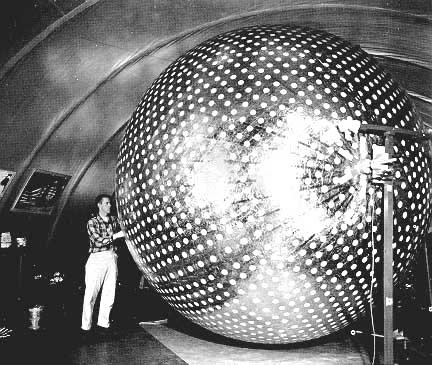












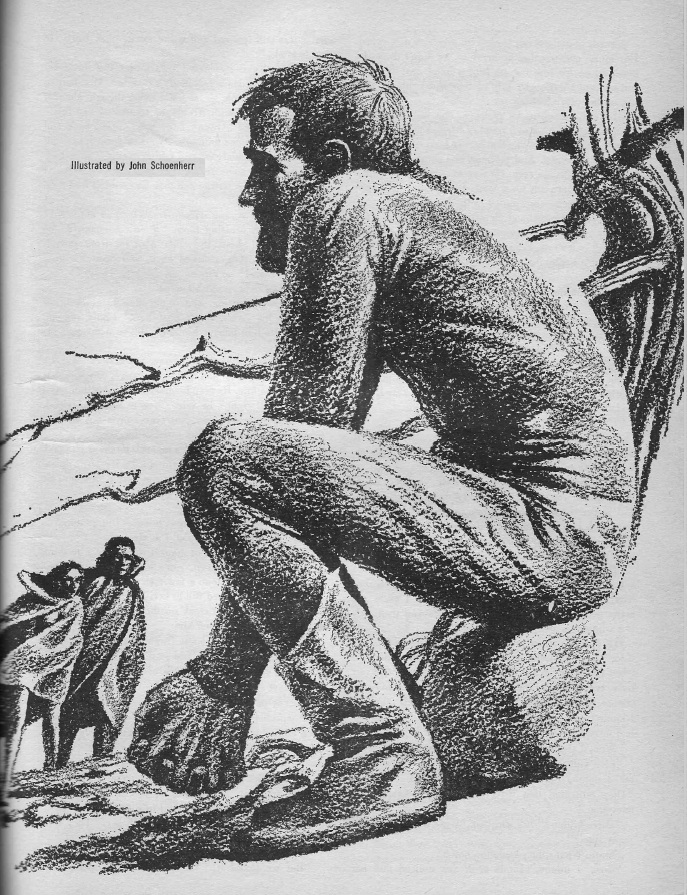


![[November 3, 1963] Listening To The Stars (the new Arecibo Observatory)](https://galacticjourney.org/wp-content/uploads/2018/11/631103aug181963-672x372.jpg)

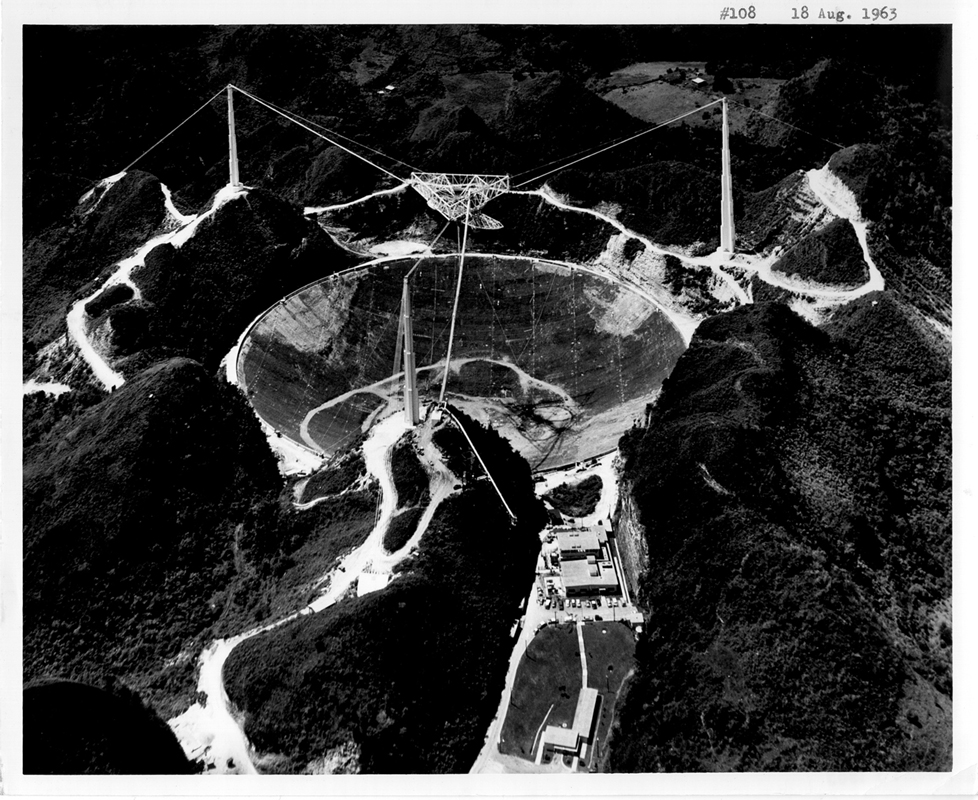
![[October 20, 1963] Science Experiments (November 1963 <i>F&SF</i> and a space update)](https://galacticjourney.org/wp-content/uploads/2018/10/631020cover-672x372.jpg)








![[October 14, 1963] Take a little trip… (Timothy Leary's <i>Psychedelic Review</i>)](https://galacticjourney.org/wp-content/uploads/2018/10/631014psychrev1-1cvr-508x372.png)


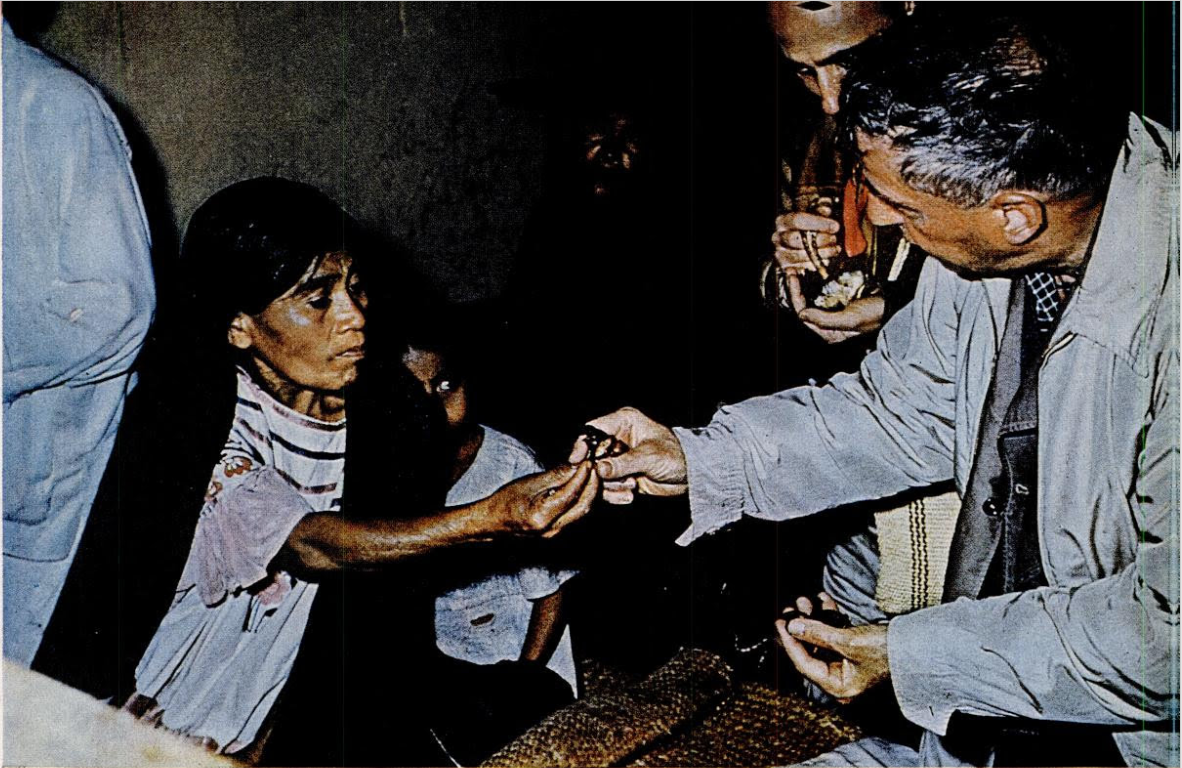

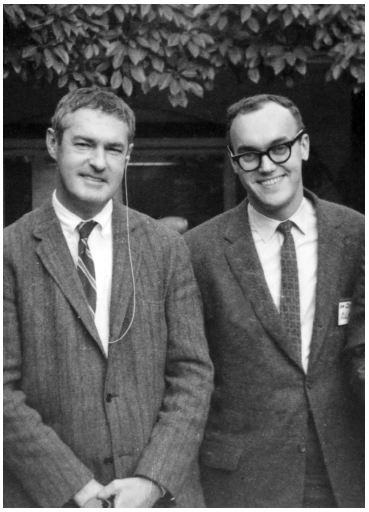
![[August 29, 1963] Why we fly (August Space Round-up)](https://galacticjourney.org/wp-content/uploads/2018/08/630829astronauts-672x372.jpg)







